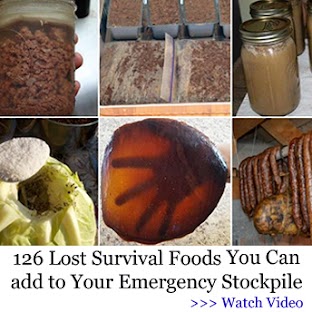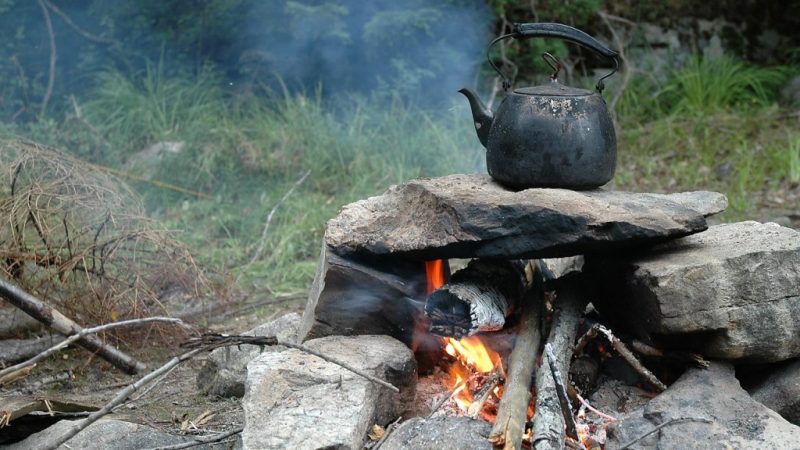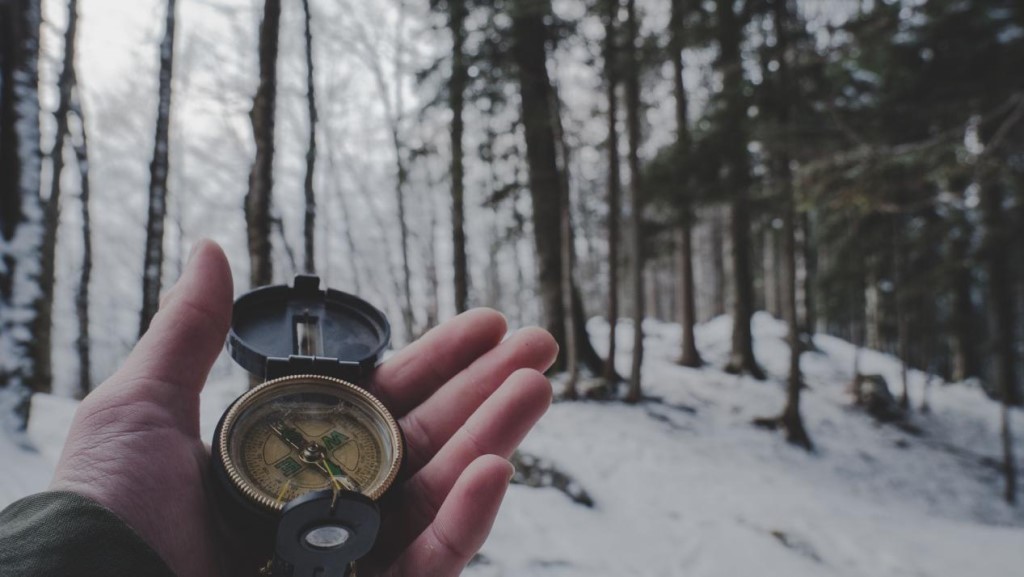Many people find themselves homeless for a variety of reasons, and a significant number of them find themselves forced to live in unsafe environments such as their vehicles, on the streets, or in the woods.
Being homeless typically means having very few financial resources available, which forces a person to devise creative solutions to their problems in order to make it through each day.
These tips for surviving are taken straight from the experiences that homeless people have had in their lives, and preppers may very well be able to benefit from these ideas. Everyone has the fundamental requirements of having clothing, food, water, and a place to live.
Homeless people have a number of needs, one of the most pressing of which is the requirement to maintain body heat, particularly if they reside in cold climates or are on the streets during the winter.
The ability to maintain body heat is of the utmost importance for homeless people, as hypothermia is the leading cause of death among this population.
Clothing
First and foremost, when it’s cold outside, you should dress in several layers of clothing, preferably ones that are made of wool or synthetic materials as opposed to cotton.
Because air is trapped between the layers, which helps to keep you warm, having many thin layers is superior to having one thick layer when it comes to maintaining your body temperature.
The second piece of advice is to use materials that can be stuffed between the layers of clothing in order to provide additional insulation. Newspapers, bits of foam, pieces of plastic bag, and dried leaves are some of the more common materials.
Wearing a waterproof jacket is our third piece of advice.
If you do not have a jacket that is waterproof, you can keep your clothes dry by using a garbage bag that has been modified.
Keep in mind that having wet clothes, even from sweating, will cause your body temperature to drop, causing you to feel cold.
In cold weather, it is essential to keep your extremities warm. This is the fourth and final piece of advice. Put on a woolly hat or pull the hood of your hoodie up over your head, and make sure to wear additional pairs of socks.
In addition to providing additional insulation, placing a plastic bag in between each pair of socks can help prevent your shoes or boots from becoming wet as a result of your feet sweating.
Tip #5: It is best to wear boots that at least cover the ankles, if not higher up, in order to help keep the cold out. If you can’t find boots that go higher, at least make sure they cover the ankles.
Sleeping
Tip No. 6: The most comfortable sleeping arrangement is a sleeping bag on top of one or two blankets.
Before getting into the sleeping bag, one can cover themselves with the blanket and wrap themselves up.
It is possible to achieve a higher level of insulation by inserting a mylar blanket or newspaper in the space between the blankets.
Tip #7: It is essential to place an insulating layer between you and the ground in order to prevent heat from your body from being drawn down into the cold ground.
At the very least, a cardboard box that has been dismantled will work very well as an insulator. Alternatively, thick layers of newspaper will also do the trick. A yoga mat made of foam can also be useful if you have access to one.
The eighth piece of advice is to try to generate some body heat before laying down. You can do this by eating or drinking something hot, or by doing some jumping jacks, for example. However, you should try to avoid producing any sweat because this will cool you down.
Tip No. 9: Be sure to give careful consideration to where you will sleep in order to avoid getting your bedding wet. Keep a safe distance from any water sources that could potentially wet your sleeping bag.
Tip No. 10: If it is truly too cold to sleep, don’t even bother trying to sleep; instead, keep moving to generate body heat and sleep during the day when it is warmer outside.
Shelter
A tent is the best option because it is simple to set up, take down, and transport. This makes it the number one choice.
The 12th piece of advice is to seek shelter in urban areas by going under bridges, freeways, or railroad tunnels. Alleyways are helpful for blocking the wind, and it’s possible that even vacant buildings can be accessed through them.
Tip No. 13: When camping in rural areas, pitching a tent underneath trees will provide you with additional shelter and help hide you from potential predators. In the event that there is no tent available, another option is to construct shelters out of logs and dried leaves.
Using Previously Used Items to Construct a New Home
It is possible to construct a wide variety of homes using repurposed materials from a number of different items.
People who are homeless have developed a lot of resourcefulness and a good understanding of the proverb that “one man’s junk is another man’s treasure.”
Tip #14 – You can repurpose almost any type of wood, including wooden pallets and crates, bamboo, old doors and window frames, old lumber, old doors, old lumber crates, old doors, old furniture, etc. This wood can be utilized in the construction of simple wooden huts. Even crooked old nails can be straightened out so that they can be reused, just like any screw.
Boxes made of cardboard can be used to construct a variety of different kinds of shelters, which brings us to our next hint.
In addition to being very convenient to acquire, cardboard also functions very well as an insulator. The disadvantage of it is that it is prone to becoming wet, and as a result, it must be protected from precipitation by being wrapped in plastic.
Tip No. 16: A tarp can be constructed out of used plastic bags, bubble wrap, and even old shower curtains with the help of some adhesive tape.
Tip #17: Packing peanuts can be used to make pillows and mattresses by stuffing them into plastic or garbage bags. They can also be used as part of a tarp, as was explained in the previous tip.
Tip #18: You can construct a basic teepee by using a sheet of plastic, some sticks, and shoelaces to tie them all together.
Food and Cooking
Repurposing an old soup can with the assistance of a can tapper and a nail can result in the creation of an efficient wood or gas stove, which is the topic of this week’s tip.
The use of cans in a variety of different ways is the simplest method for constructing stoves; however, there are many other methods that can also be used.
20 on the list of helpful hints: Make sure you have a supply of long-term food like rice, pasta, canned beans, beef jerky, and peanut butter (high in calories and protein). Dried foods are convenient for a number of reasons, including their portability and the low amount of preparation required to prepare them.
Trail mix is especially healthy because it contains a ton of different vitamins and minerals. This expenditure can be kept at a minimum with the help of the dollar store.
Tip #21: If you are going to be in the woods, store food in a metal tin or tie it up in a tree. This will assist in preventing rodents, such as rats and racoons, from eating your food supply.
Tip #22: It is highly recommended that you purchase water bottles that can be reused and refilled at other locations, such as gas stations. You have the option of collecting rainwater or drawing water from a nearby body of water, such as a lake or river, if you live in a more rural setting. Be sure to bring it to a boil and then strain it before using it.
Preparedness planners, particularly those operating on a very limited financial budget, can put the advice presented above to good use. It is important to keep in mind that getting ready for SHTF does not have to involve spending a lot of money.






